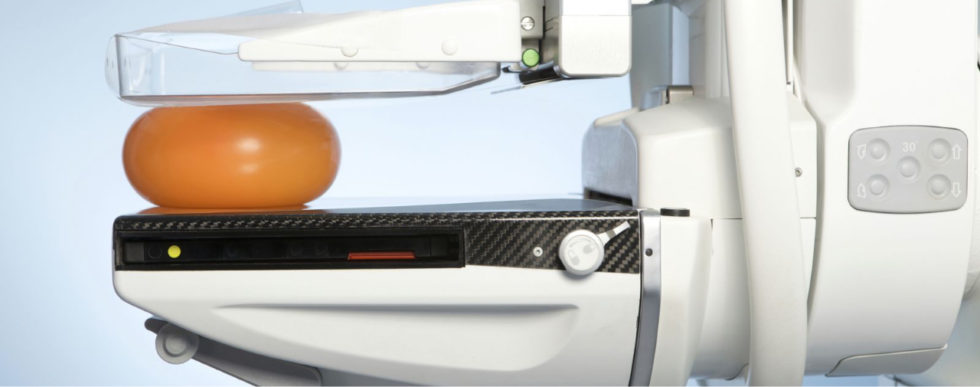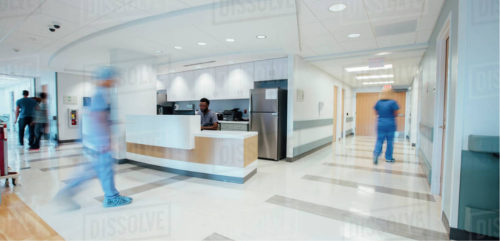
Mammography
May 20, 2019
Mammography is a specific type of breast imaging that uses low-dose x-rays to detect cancer early – before women experience symptoms – when it is most treatable.
Tell your doctor about any breast symptoms or problems, prior surgeries, hormone use, whether you have a family or personal history of breast cancer, and if there’s a possibility you are pregnant. If possible, obtain copies of your prior mammograms and make them available to your radiologist on the day of your exam. Leave jewelry at home and wear loose, comfortable clothing. You may be asked to wear a gown. Don’t wear deodorant, talcum powder or lotion under your arms or on your breasts as these may appear on the mammogram and interfere with correct
diagnosis.
Breast tomosynthesis, also called three-dimensional (3-D) mammography and digital breast tomosynthesis (DBT), is an advanced form of breast imaging where multiple images of the breast from different angles are captured and reconstructed (“synthesized”) into a three-dimensional image set. In this way, 3-D breast imaging is similar to computed tomography (CT) imaging in which a series of thin “slices” are assembled together to create a 3-D reconstruction of the body.
Although the radiation dose for some breast tomosynthesis systems is slightly
higher than the dosage used in standard mammography, it remains within the FDA-
approved safe levels for radiation from mammograms. Some systems have doses
very similar to conventional mammography.
Large population studies have shown that screening with breast tomosynthesis
results in improved breast cancer detection rates and fewer “call-backs,” instances
where women are called back from screening for additional testing because of a
potentially abnormal finding.
Breast tomosynthesis may also result in:
- earlier detection of small breast cancers that may be hidden on a conventional mammogram
- greater accuracy in pinpointing the size, shape and location of breast abnormalities
- fewer unnecessary biopsies or additional tests
- greater likelihood of detecting multiple breast tumors
- clearer images of abnormalities within dense breast tissue
More s
















